New research suggests that if tiny primordial black holes created during the Big Bang exist, some of them may have been snared by stars and are now forced to eat their way out.
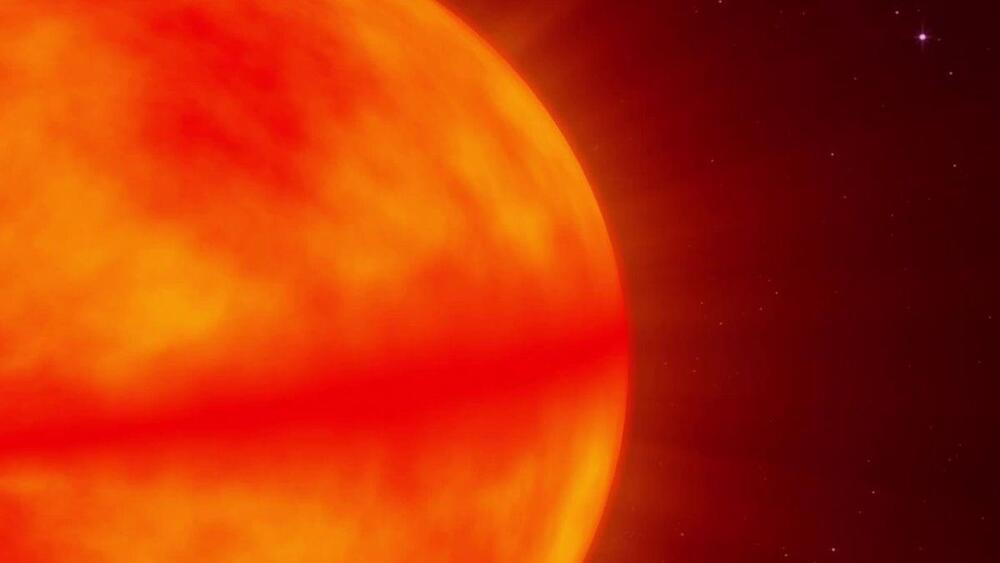

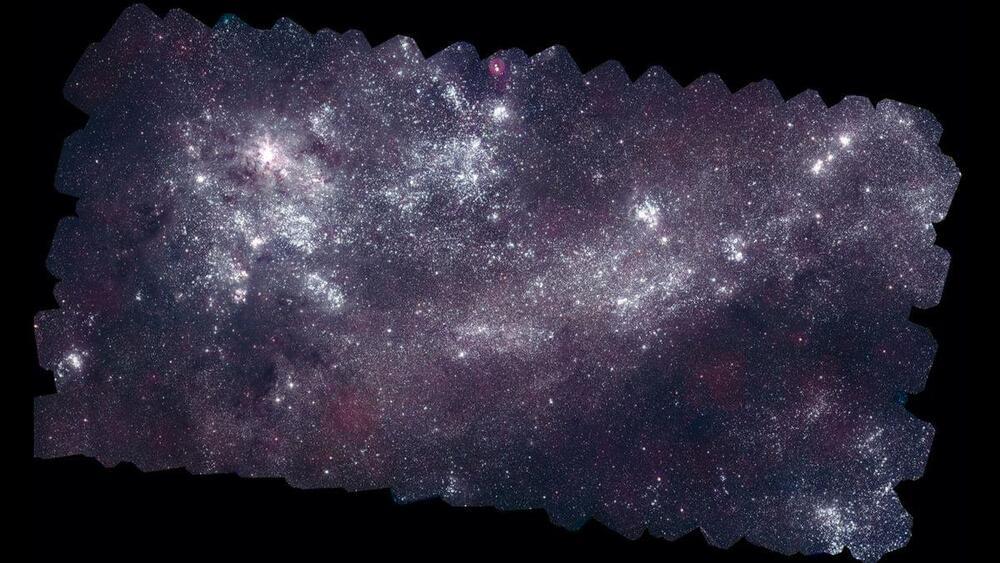
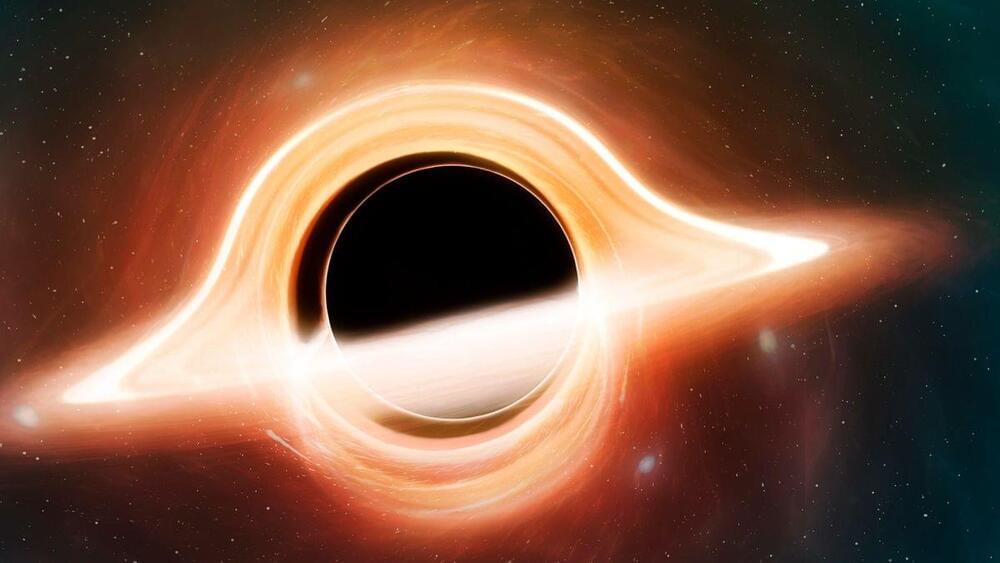
The James Webb Space Telescope (JWST) has spotted the oldest black hole ever seen, an ancient monster with the mass of 1.6 million suns lurking 13 billion years in the universe’s past.
The James Webb Space Telescope, whose cameras enable it to look back in time to our universe’s beginnings, spotted the supermassive black hole at the center of the infant galaxy GN-z11 just 440 million years after the universe began.
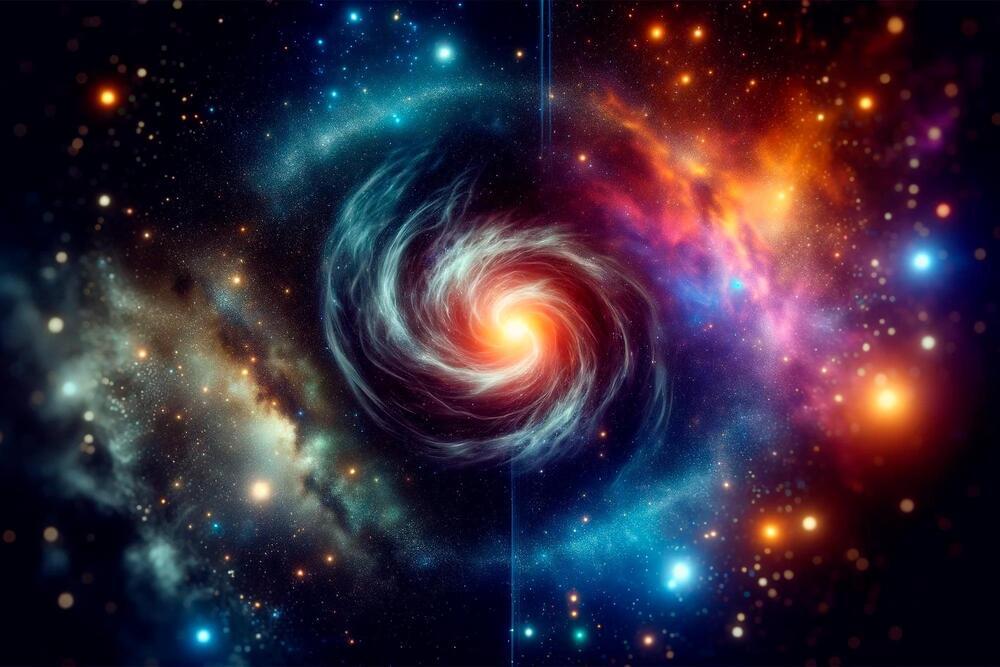
Dark matter may be more vibrant than previously thought, UC Riverside study reports.
Thought to make up 85% of matter in the universe, dark matter is nonluminous and its nature is not well understood. While normal matter absorbs, reflects, and emits light, dark matter cannot be seen directly, making it harder to detect. A theory called “self-interacting dark matter,” or SIDM, proposes that dark matter particles self-interact through a dark force, strongly colliding with one another close to the center of a galaxy.
In work published in The Astrophysical Journal Letters, a research team led by Hai-Bo Yu, a professor of physics and astronomy at the University of California, Riverside, reports that SIDM simultaneously can explain two astrophysics puzzles in opposite extremes.
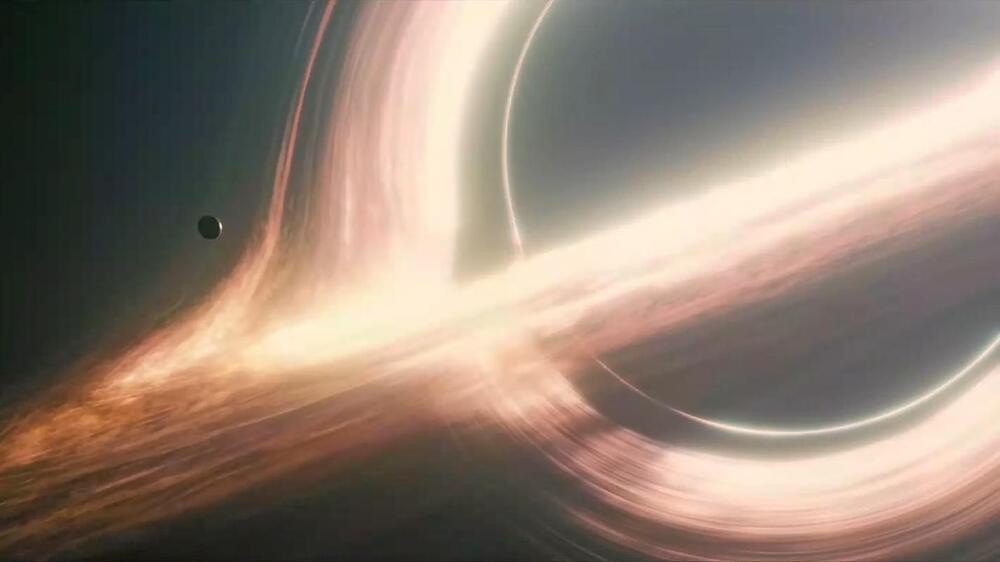
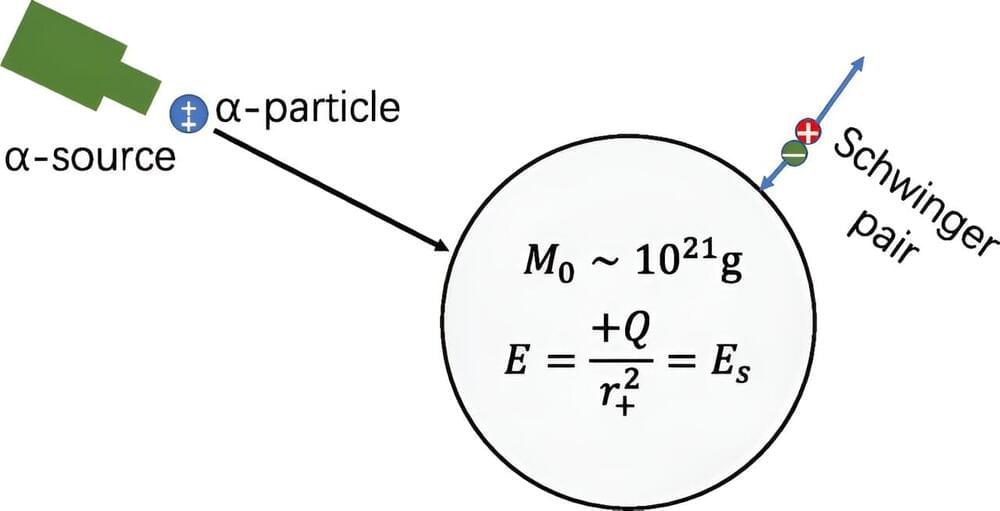
A pair of astrophysicists at Tianjin University, in China, has proposed ways that humans in the distant future might use black holes as an energy source. In their paper published in the journal Physical Review D, Zhan-Feng Mai and Run-Qiu Yang outline two possible scenarios in which energy could potentially be harvested from primordial black holes.
As scientists continue to look for ways to meet the energy needs of a growing global population, some have begun to look for options that may not have been considered in the past. In this new effort, the researchers consider the possibility of tapping black holes as a way to power human needs of the future by turning them into batteries.
The first option suggests future astro-engineers could “charge” a primordial black hole (a very small black hole with no spin that formed soon after the Big Bang) by feeding it electrically charged particles until the black hole begins to repel them, signaling it is fully charged, like a battery. Energy could then be collected from the black hole through the use of superradiance, whereby some of the electromagnetic or gravitational waves carrying more energy than was fed in are deflected into the black hole, captured first and converted into a usable energy source.
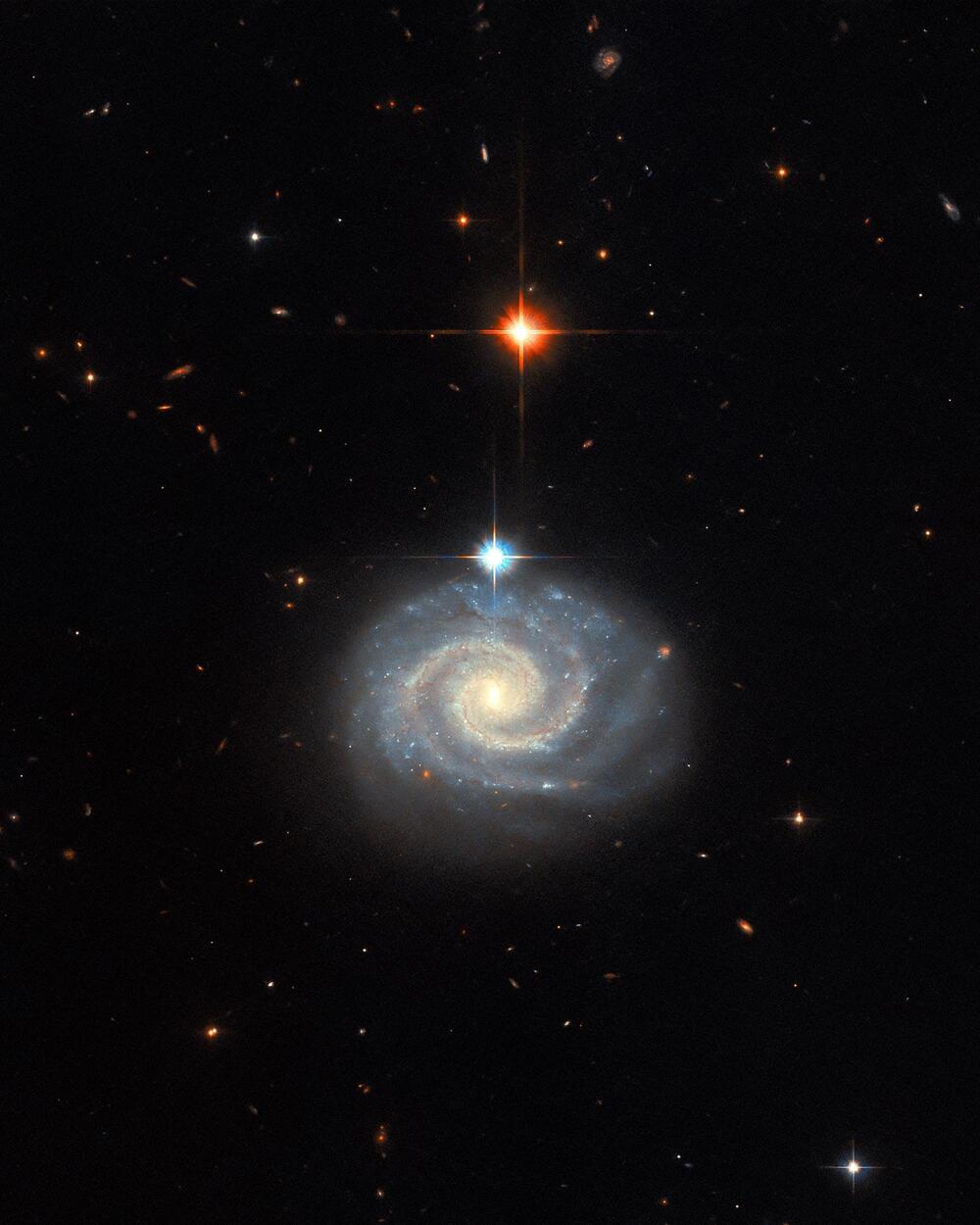
This whirling Hubble Space Telescope image features a bright spiral galaxy known as MCG-01–24-014, which is located about 275 million light-years from Earth. In addition to being a well-defined spiral galaxy, MCG-01–24-014 has an extremely energetic core, known as an active galactic nucleus (AGN), so it is referred to as an active galaxy.
Even more specifically, it is categorized as a Type-2 Seyfert galaxy. Seyfert galaxies host one of the most common subclasses of AGN, alongside quasars. Whilst the precise categorization of AGNs is nuanced, Seyfert galaxies tend to be relatively nearby ones where the host galaxy remains plainly detectable alongside its central AGN, while quasars are invariably very distant AGNs whose incredible luminosities outshine their host galaxies.
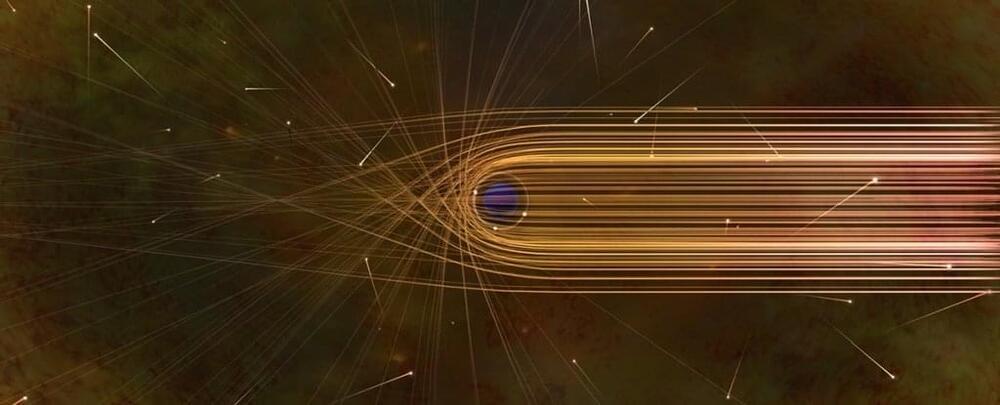
Astronomers developed a set of equations that can precisely describe the reflections of the Universe that appear in the warped light around a black hole.
The proximity of each reflection is dependent on the angle of observation with respect to the black hole, and the rate of the black hole’s spin, according to a mathematical solution worked out by physics student Albert Sneppen of the Niels Bohr Institute in Denmark in July 2021.
This was really cool, absolutely, but it wasn’t just really cool. It also potentially gave us a new tool for probing the gravitational environment around these extreme objects.
Today we react to “How to Destroy the Universe” from the amazing Kurzgesagt — In a Nutshell. Please support Kurzgesagt and make sure to check out the original…

When two lead ions collide at the Large Hadron Collider (LHC), they produce an extremely hot and dense state of matter in which quarks and gluons are not confined inside composite particles called hadrons. This fireball of particles—known as quark–gluon plasma and believed to have filled the universe in the first few millionths of a second after the Big Bang—expands and cools down rapidly. The quarks and gluons then transform back into hadrons, which fly out of the collision zone towards particle detectors.
In collisions where the two lead ions do not collide head on, the overlap region between the ions has an elliptic shape that leaves an imprint on the flow of hadrons. Measurements of such elliptic flow provide a powerful way to study quark–gluon plasma. In a recent paper posted to the arXiv preprint server, the ALICE collaboration reported a new measurement of the elliptic flow of hadrons containing heavy quarks, which are particularly powerful probes of the plasma.
Unlike the gluons and light quarks that make up the bulk of the quark–gluon plasma created in heavy-ion collisions, heavy charm and beauty quarks are produced in the initial stages of the collisions, before the plasma forms. They therefore interact with the plasma throughout its entire evolution, from its expansion and cooling to its transformation into hadrons.